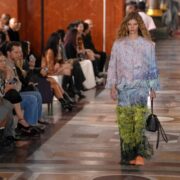How to love fashion without the waste
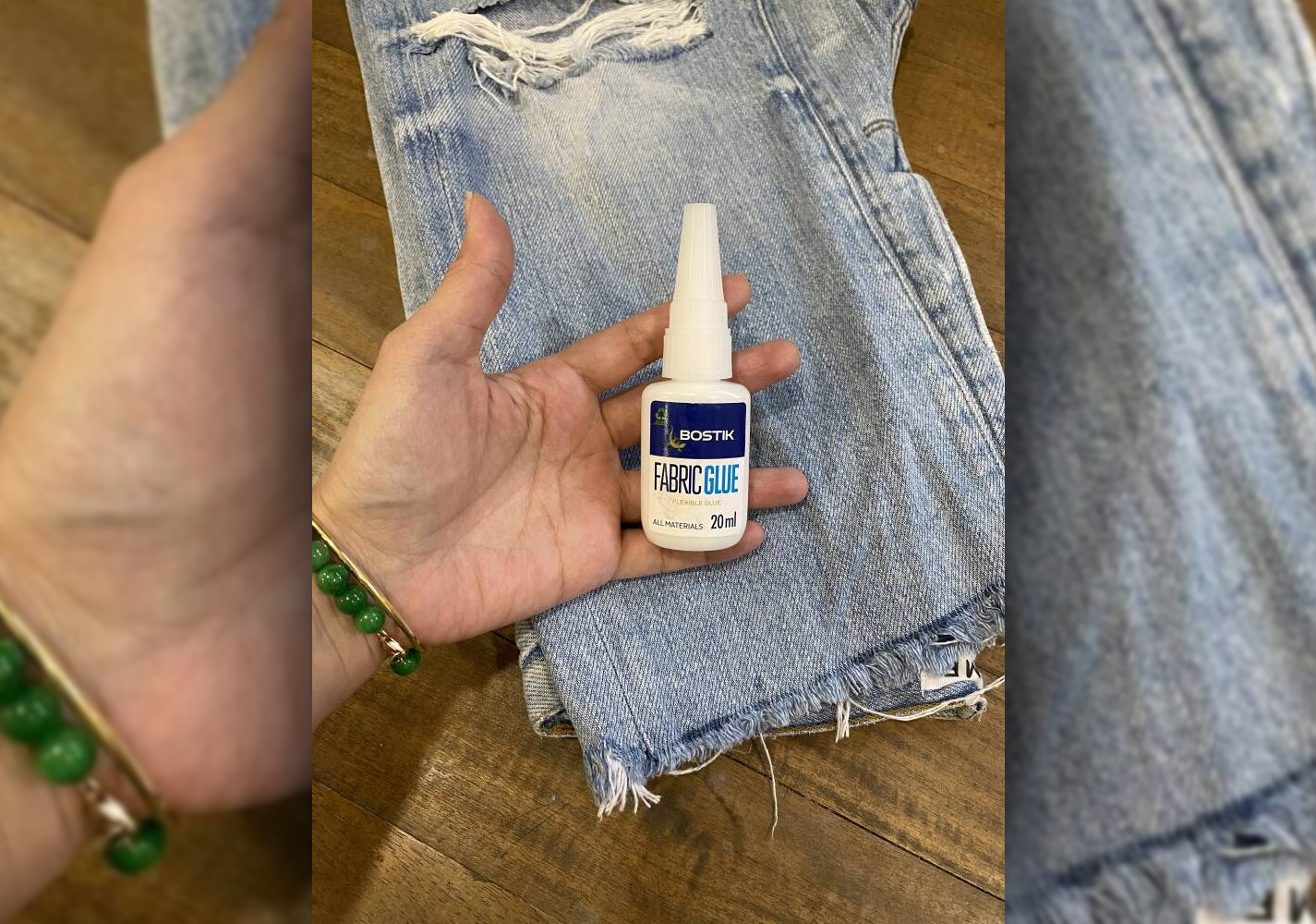
When I accidentally broke my favorite sunglasses from Krewe, my heart hurt a little as well. I’d had them for years, had gone on many adventures with them, that I was not about to give them up so easily.
So I started researching sunglass repair, and stumbled upon Krewe’s Second Chances Program, where they replace eyewear purchased at full price for free. Yes, free. So I registered my sunglasses, filed a claim, and they shipped out a new pair in a couple of days. You can just imagine my relief!
Unfortunately, this is not the happy ending story we get with most fashion brands. Majority do not have repair or replacement programs in place. Most commercial systems are simply not set up for it, such that the onus of maintaining products, once purchased, becomes the consumer’s sole responsibility.
“Reduce, Reuse, Recycle” has been the battle cry of the environmentally conscious since the 1970s. The three Rs of waste management remain popular to this day, along with the three chasing arrows of the international recycling symbol.
However, even with the mainstream recall of “Reduce, Reuse, Recycle” campaigns over the decades, the slogan seems to have not resulted in any drastic change in production practices and buying behavior. Today’s unbridled overproduction and overconsumption, and the waste that comes along with them, is proof that catchy phrases are not enough.
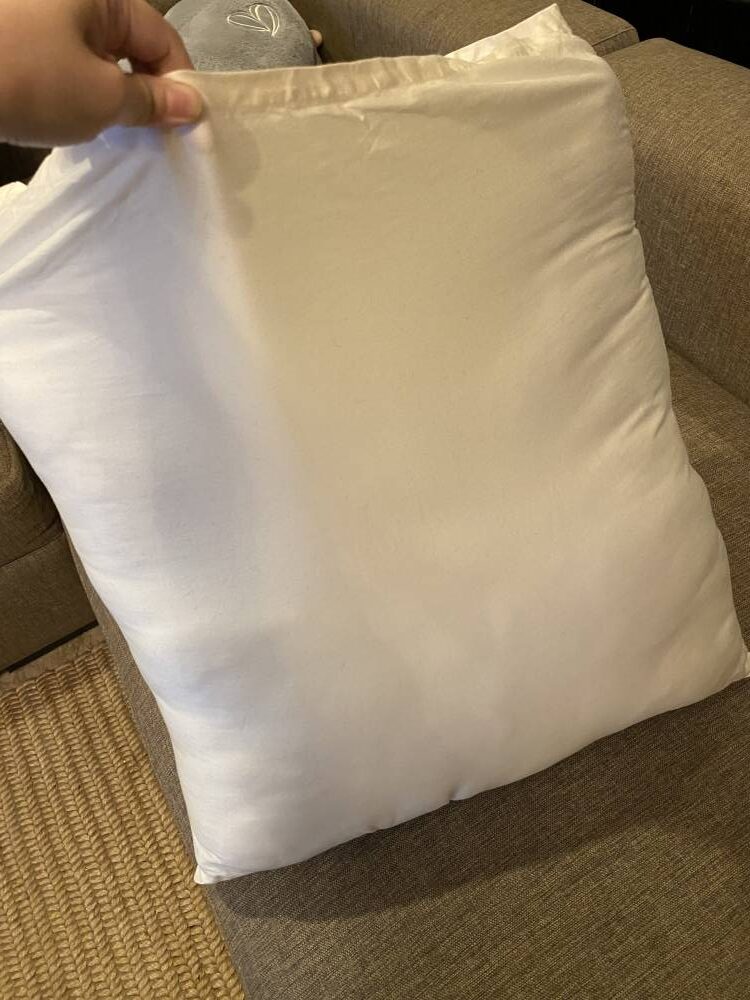
Disposable clothing
Rather than reduce, a McKinsey article from 2016 estimated that people bought 60 percent more clothes in 2015 than in 2000. The documentary film, “The True Cost,” reports that “clothing consumption has grown explosively over the past 20 years. Fashion consumers buy over 80 billion new pieces of clothing every year, 400 percent more than what we consumed just two decades ago.”
We can only imagine how much more that is now in 2025, with Shein and Temu’s sudden rise in the last few years.
Instead of reusing, many have treated clothes as something disposable, as the quality of clothing degraded, with the lifespan of modern garments estimated to have decreased by half. Recycling also continues to be a challenge. Annually, 92 million tons of textile waste end up in landfills. Per nist.gov, “Globally, only about 12 percent of textile waste is recycled, leaving the majority to be discarded.”
This is why in May 2022, TED Radio Hour speakers envisioned the future of sustainability resting on the pillars of the new 3Rs: “Repair, Repurpose, Reimagine.” Personally, I found these words more actionable and doable from an individual’s perspective, while also appealing to my creative side. Using the new 3Rs as a framework, I have made it my mission to be more mindful about my own consumption, starting with the stuff in my closet.
My goal is simple: to fix more, work with what I have, and throw away less so as not to add any waste from my end. It’s but a drop in the ocean, but at this point, every drop from each one of us counts.
Here’s what we all can do:
1. Repair
It all starts with a culture of care. I make an effort to take care of my things from the very start. For example, the hems of my trendy cut-off denims get the fabric glue treatment to prevent fraying in the wash, while canvas and suede shoes get blasted with protection spray. I read care labels and follow laundry and dry-cleaning instructions, generally keeping my things clean and in good condition.
Of course, over time, as things go through the usual wear and tear, it becomes handy to dust off those sewing skills we picked up in Home Economics class. If you’re rusty, relearn how to sew a hem, patch a hole, or fix a loose button. For clothes with stains, or faded colors, a dye bath is a quick and easy fix.
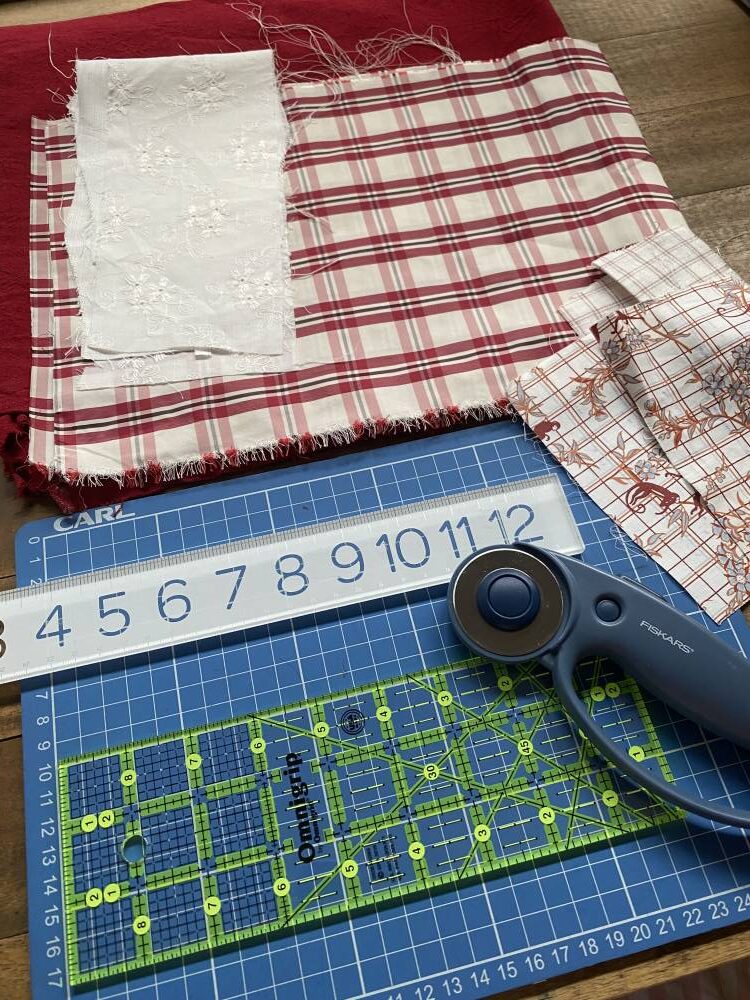
For more complicated fixes, take your clothes to a tailor for alterations and repair and your shoes and bags to a cobbler or leather repair shop.
I have found satisfaction in salvaging unworn things from my closet and giving them new life after a trip to my trusted tailor. I bring pajamas with loose garters, pants that need hemming, and dresses that need to be taken in and come out feeling like I suddenly have new clothes to wear.
According to Good On You, repairs don’t take more than 20 minutes, but could add at least two years to the lifespan of an item, which considerably benefits the environment. So much so that Orsola de Castro, founder of Fashion Revolution, says that lengthening the life of our clothing from one to two years decreases their carbon footprint by 24 percent.
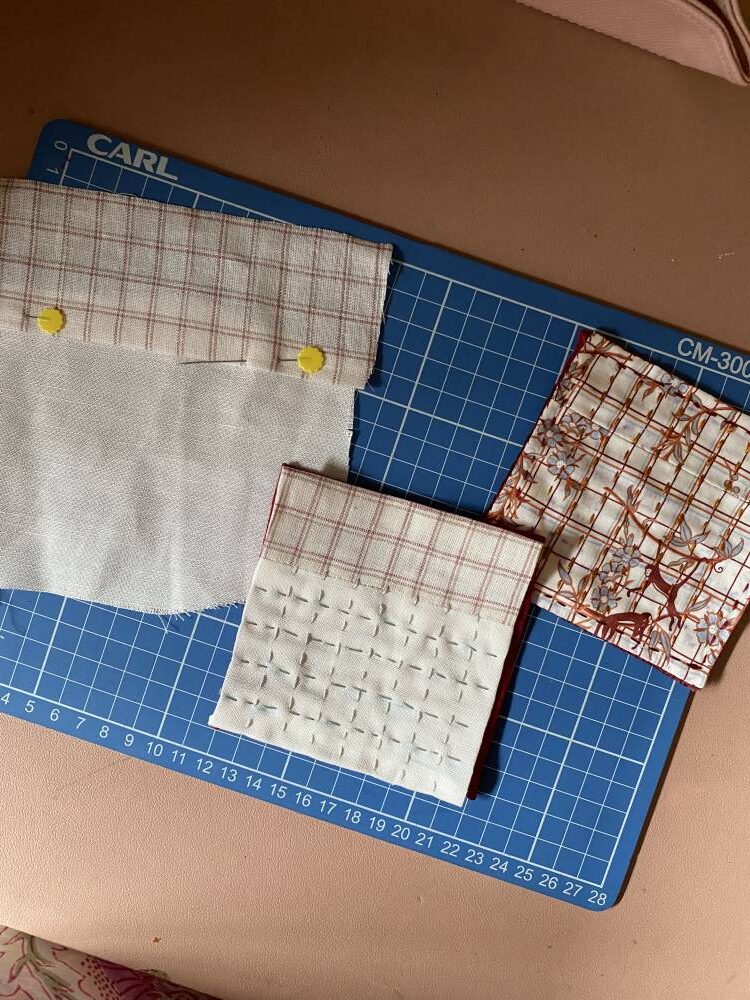
2. Repurpose
If you are feeling extra creative, you’ll find that your closet is a treasure trove of endless DIY projects. Apart from the obvious of turning old t-shirts into cleaning rags, sweaters into throw pillows, and cutting jeans to wear them as shorts, with the cut-off parts turned into tote bags, our sentimental clothes can be made into a quilt (Rosas Quilts in Pampanga makes memory quilts from school jerseys) and scraps of fabrics into patchwork jackets, placemats, potholders, or blankets.
I’ve used fabric waste from a friend’s clothing business and made them into cute little handsewn coasters that bring me joy when I use them. If you have a rarely worn dress that would be used more often if the top part were cut into a blouse, bring them to a tailor and let her work her magic.
3. Reimagine
As you can see from the first two pillars, we can still love fashion while minimizing our environmental impact. It all really boils down to a shift in mindset and reimagining our relationship with shopping. We don’t always have to get things new.
One of the most sustainable items in our closet is fine jewelry. Precious metals from heirloom pieces that look dated can be recycled 100 percent without any loss in quality, and together with old stones, may be redesigned into classic or contemporary jewelry that reflect our own personal style (jewelers Kristine Dee and Paul Syjuco offer this redesigning service).
Taking stock of what I already have and shopping my closet is one of the most gratifying things I have done. Just a quick trip to Pinterest has helped me come up with new looks and outfits I otherwise wouldn’t have thought of by myself.
For clothes that no longer fit with our current lifestyle, sell them on Carousell or do what my friends and I did: We put together an account on Instagram (@thecircularcloset.ph) where we would sell cocktail dresses, high heels from what seemed a lifetime ago, and other items that were special to us then but are better off appreciated by its new owner now.
If you anticipate that you’ll only be wearing something once or rarely at most — for example, winter clothes, formal gowns, or Halloween costumes — consider borrowing from family or friends. In my experience, they are always willing and happy to lend things that are just taking up space in their closets. While I’ve never tried clothing swaps (@basicallyborrowed and @modalaya.ph both host swap pop-ups), it’s also a novel way to get new-to-you things, without spending cash.
The ultimate dream, of course, is for circularity to be built into the things we buy. This goes back to design, reimagining and redesigning things with the entire product life cycle in mind. While most things cannot last forever, at least design in such a way that a product can have multiple lives. At the very least, have brands share the responsibility of care after sales. Repair or replacement services such as Krewe’s can and should be a fact of life, not just a one-off fairy tale story.
Christine Dychiao is a writer, entrepreneur, and certified KonMari consultant.













